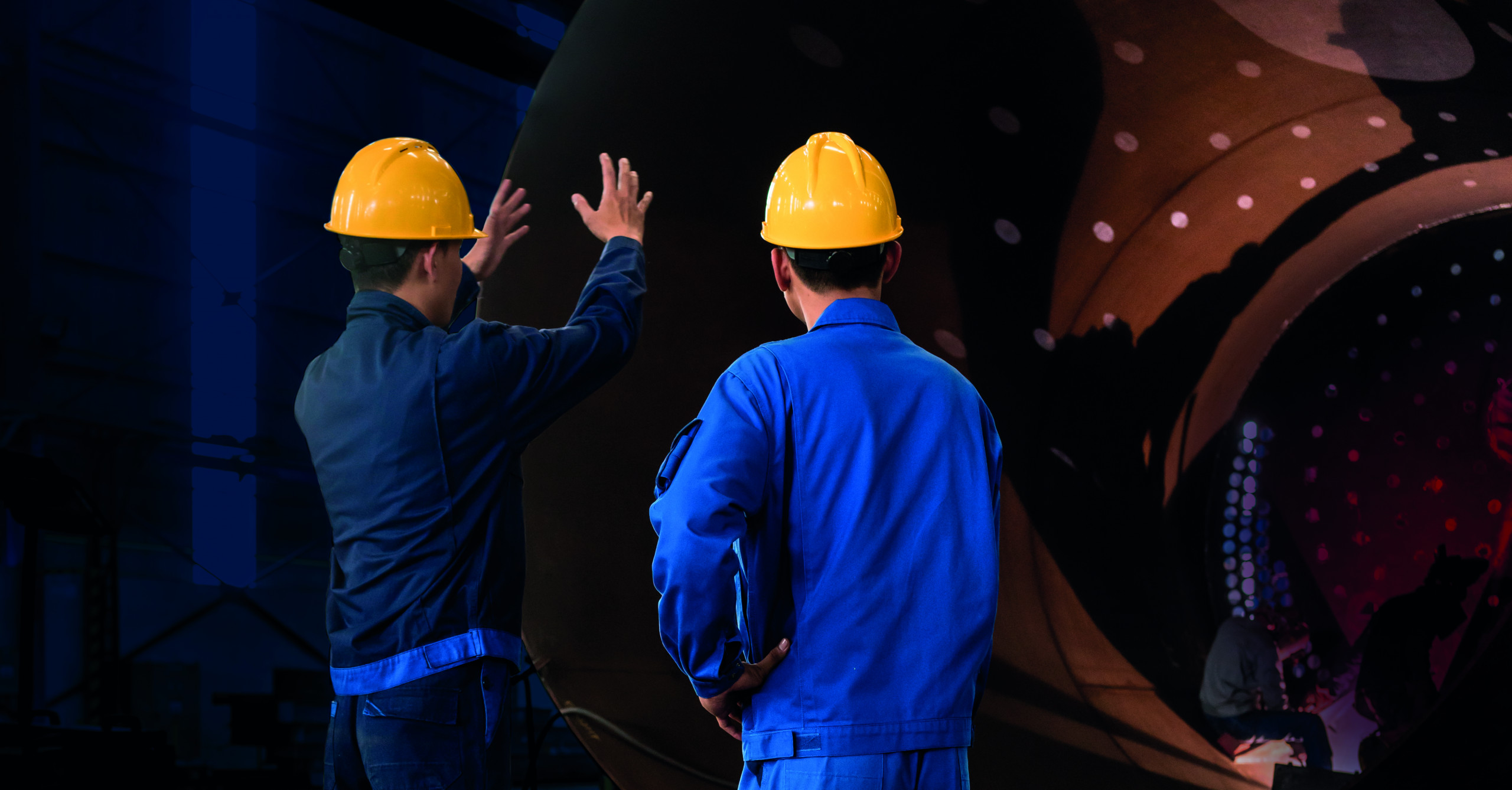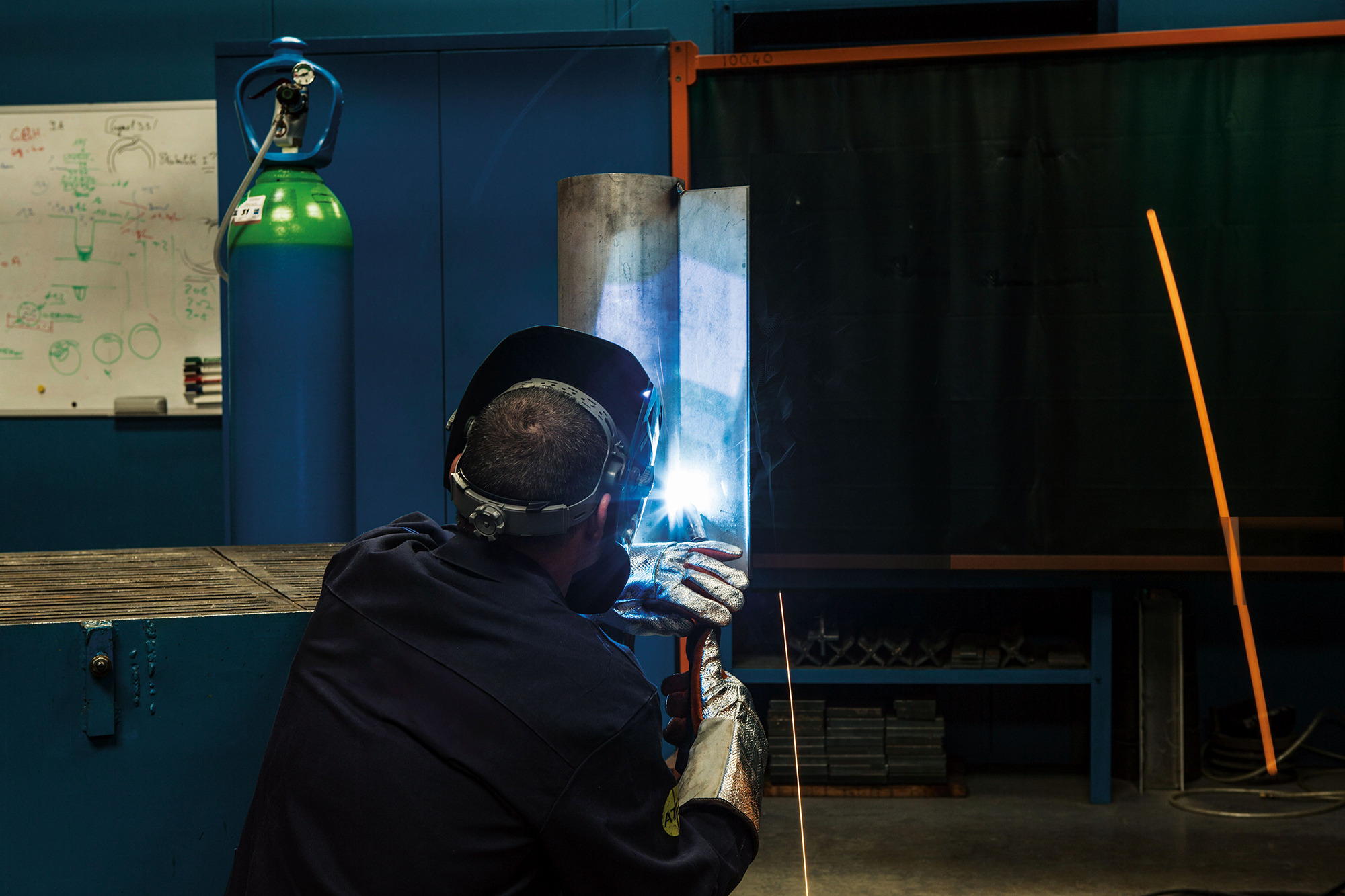
In today’s manufacturing environment, optimizing welding processes is critical for stores to both increase productivity and reduce costs.
By focusing on essential parameters, it is possible to minimize rework and increase welding speeds, which can lead to significant efficiency and productivity gains. Air Liquide has developed UHCW, a holistic approach through which the hidden costs in welding are revealed. This is used to identify optimization potential and develop proposals for increasing productivity and saving costs. Air Liquide has developed extensive know-how to continuously improve welding processes and supports its customers from planning to implementation in the development of quality assurance measures.

© Air Liquide
Analysis and evaluation of the welding process
To uncover the hidden costs of welding, stores should know the influence of critical parameters such as process gases, filler metals and machine settings on welding results. A thorough analysis of the welding process currently in use and the resulting findings can be used to develop optimization proposals that meet specific operational requirements and lead to improved efficiency and cost-effectiveness.
To achieve the desired target and to take into account any plant-specific requirements, it is important to analyze the influence of individual process parameters. Key parameters to consider are:
– Arc type,
– Drip formation,
– Material transition,
– Wetting behavior,
– Spattering,
– Smoke and particle formation
– Smoke generation.
Development of optimization approaches
Based on the process analysis, optimization proposals can be developed together with the customer. The following criteria play a decisive role on the customer side, as these factors have a significant influence on the profitability of welding production: Reduction of rework, guarantee of penetration ratios, ensuring the reproducibility of welded joints, and increasing productivity.
To ensure these requirements are met, the following parameters can be influenced on the process side: the selection of a wide variety of process gases for the particular welding process, the filler metals to be used, the arc stability, the improvement of the duty cycle, and the correct definition of the corresponding welding parameters.
The use of modified process gases can ensure high process stability and minimize spatter, silicates, and flash to reduce rework. For example, corresponding optimization potentials are realized in MAG welding of non-alloy and low-alloy steels with process gases from Air Liquide such as Arcal 14, Arcal M24 and Teral 24-7.
Productivity increases through expertise and know-how
Knowledge of the hidden costs in welding is the basis for a systematic approach to optimizing the welding process. This can reduce rework and increase productivity. By analyzing the welding process and the resulting optimization approaches and implementing them in the operational process, companies can increase their efficiency and thus achieve cost savings. The use of optimization potential not only leads to competitive advantages, but also ensures process reliability and meets individual quality standards.
Web:
www.airliquide.com



